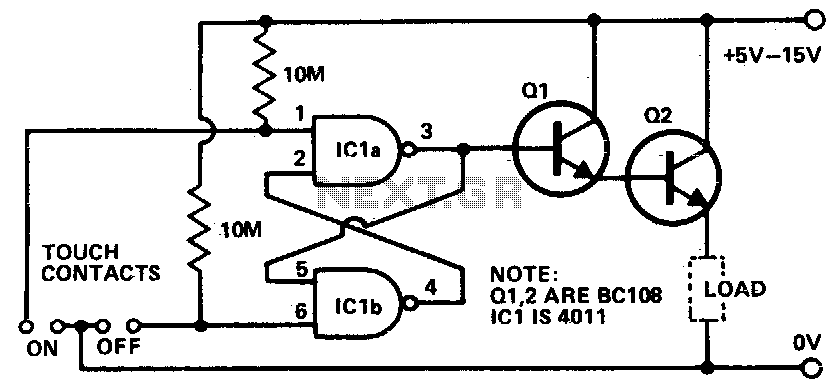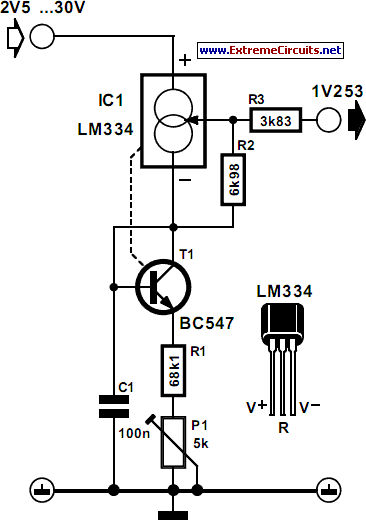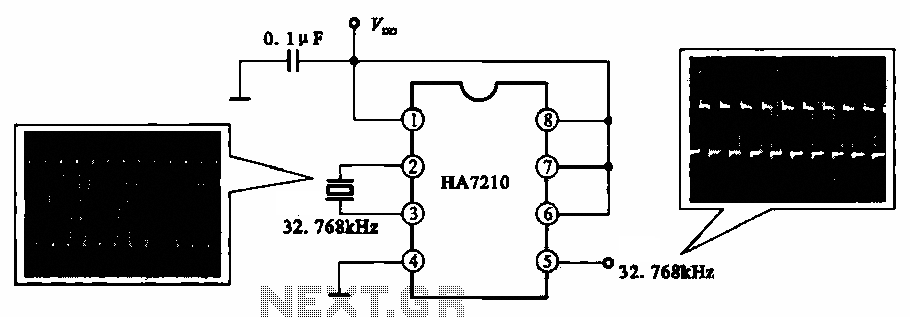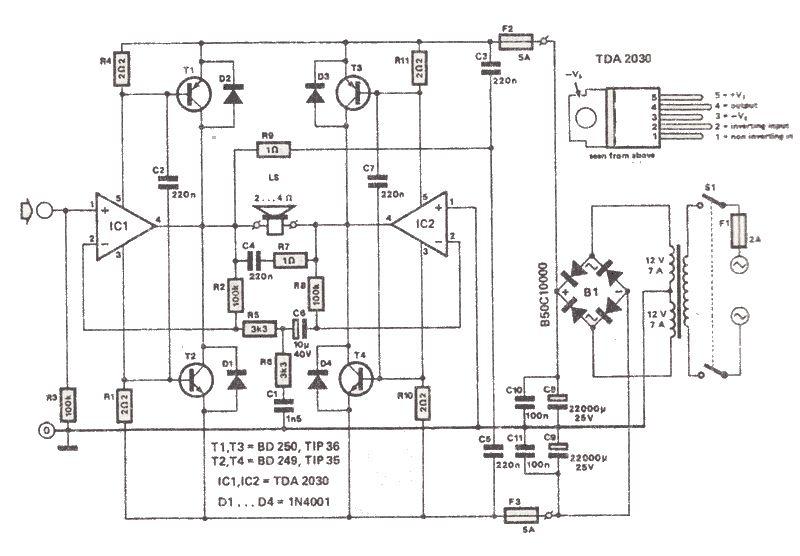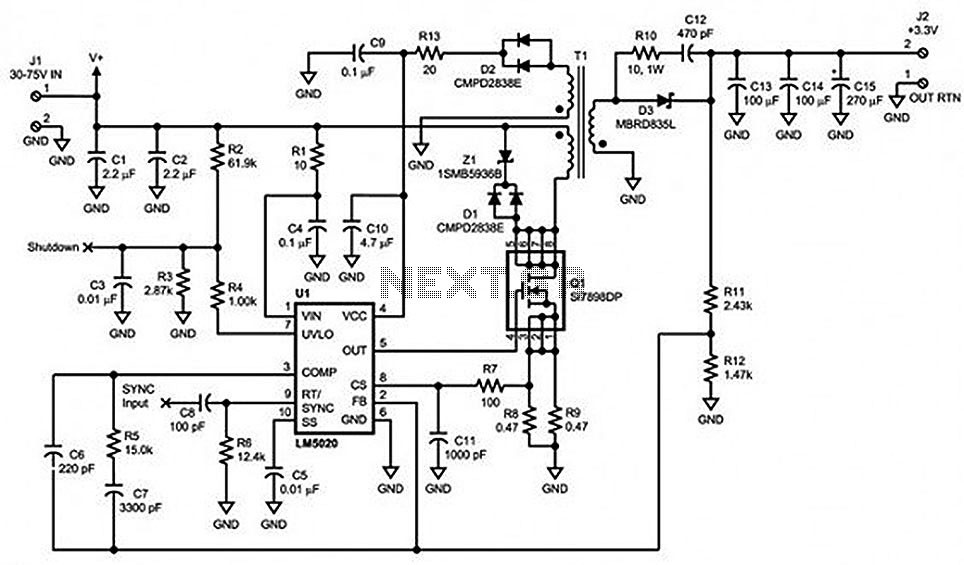
STM1061 Low Power Voltage Detector
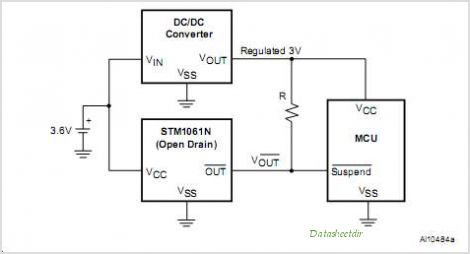
STMicroelectronics introduces the STV0288, its latest DVB and DIRECTV QPSK digital receiver, which adds blind scan capability and DiSEqC 2.0 to the industry-leading STV0299 and provides a cost reduction path for new products.
The STV0288 is a sophisticated digital receiver designed for DVB (Digital Video Broadcasting) and DIRECTV applications, utilizing QPSK (Quadrature Phase Shift Keying) modulation. This receiver enhances functionality by incorporating blind scan capability, enabling the automatic detection of available satellite channels without prior knowledge of their frequencies. This feature significantly simplifies the installation process and improves user experience.
In addition to blind scan, the STV0288 supports DiSEqC 2.0 (Digital Satellite Equipment Control), allowing it to manage multiple satellite dishes and LNBs (Low-Noise Block downconverters) effectively. This capability provides users with greater flexibility in satellite selection and system configuration, optimizing the overall performance of satellite reception systems.
The integration of these features into the STV0288 not only improves its operational capabilities but also offers a pathway for cost reduction in the development of new products. By leveraging existing technologies from the STV0299, the STV0288 presents a competitive solution for manufacturers looking to enhance their product offerings while managing production costs. This strategic advancement positions the STV0288 as a valuable component in the evolving landscape of satellite communication technologies.STMicroelectronics introduces the STV0288 its TM latest DVB and DIRECTV QPSK digital receiver, which adds blind scan capability and DiSEqC 2. 0 to the industry-leading STV0299 and provides a cost reduction path or new products. By STMicroelectronics 🔗 External reference
The STV0288 is a sophisticated digital receiver designed for DVB (Digital Video Broadcasting) and DIRECTV applications, utilizing QPSK (Quadrature Phase Shift Keying) modulation. This receiver enhances functionality by incorporating blind scan capability, enabling the automatic detection of available satellite channels without prior knowledge of their frequencies. This feature significantly simplifies the installation process and improves user experience.
In addition to blind scan, the STV0288 supports DiSEqC 2.0 (Digital Satellite Equipment Control), allowing it to manage multiple satellite dishes and LNBs (Low-Noise Block downconverters) effectively. This capability provides users with greater flexibility in satellite selection and system configuration, optimizing the overall performance of satellite reception systems.
The integration of these features into the STV0288 not only improves its operational capabilities but also offers a pathway for cost reduction in the development of new products. By leveraging existing technologies from the STV0299, the STV0288 presents a competitive solution for manufacturers looking to enhance their product offerings while managing production costs. This strategic advancement positions the STV0288 as a valuable component in the evolving landscape of satellite communication technologies.STMicroelectronics introduces the STV0288 its TM latest DVB and DIRECTV QPSK digital receiver, which adds blind scan capability and DiSEqC 2. 0 to the industry-leading STV0299 and provides a cost reduction path or new products. By STMicroelectronics 🔗 External reference
